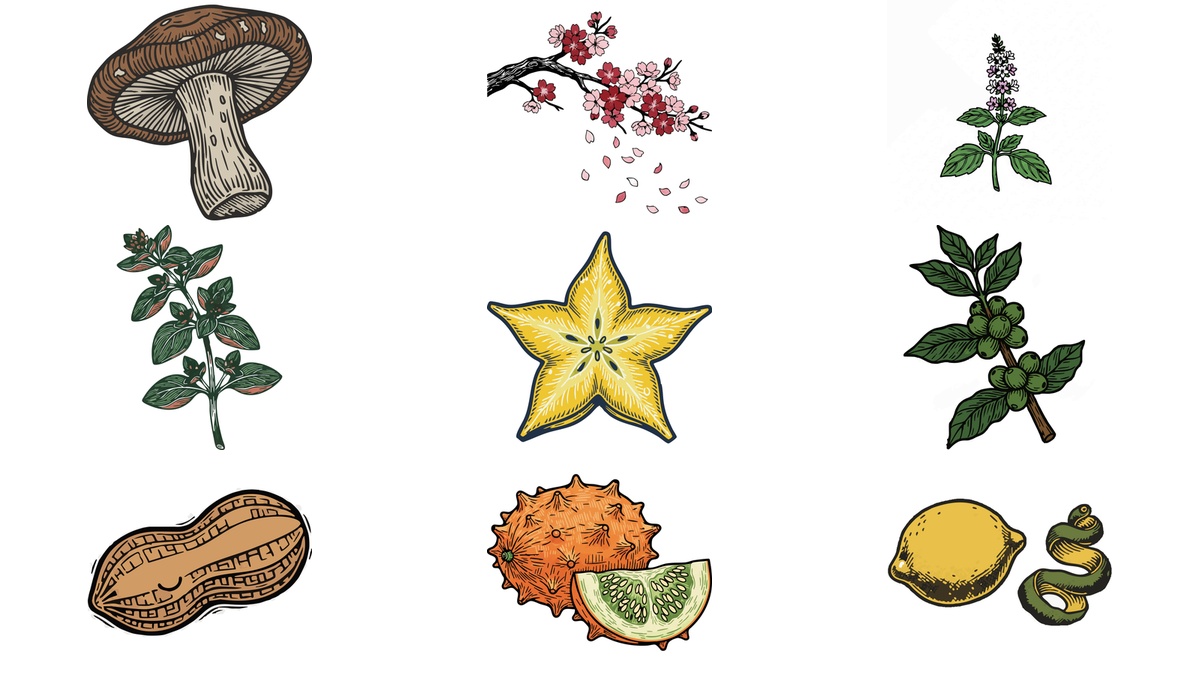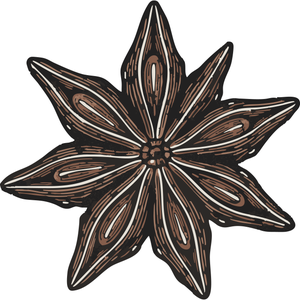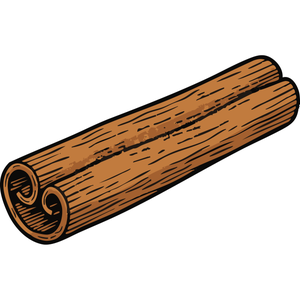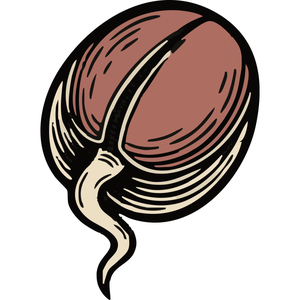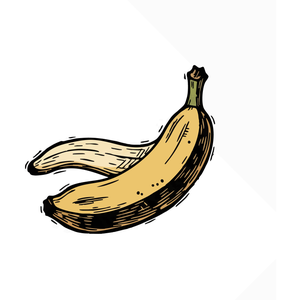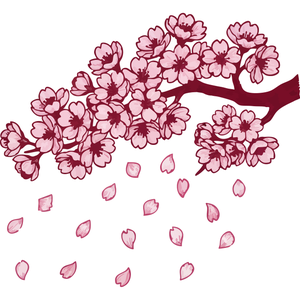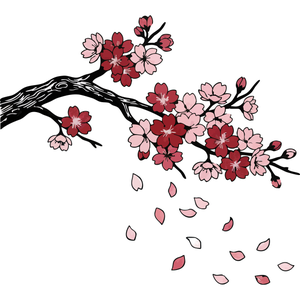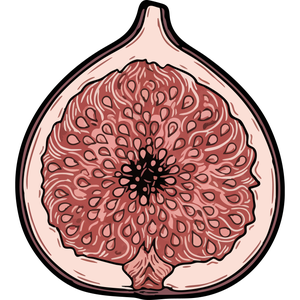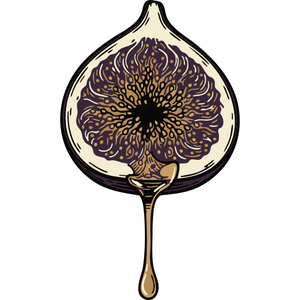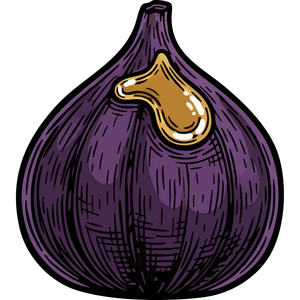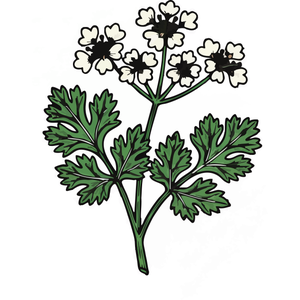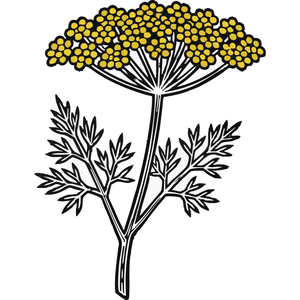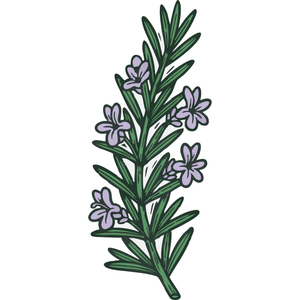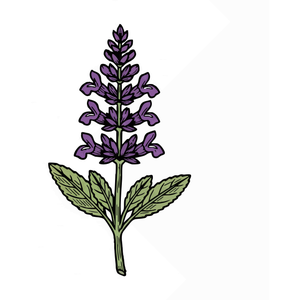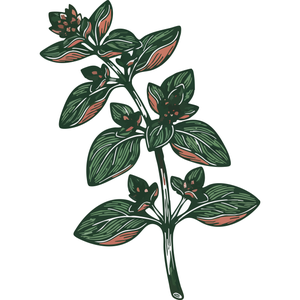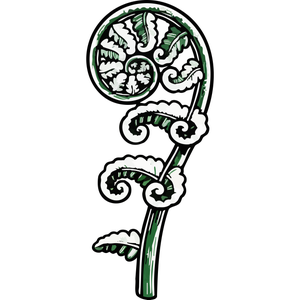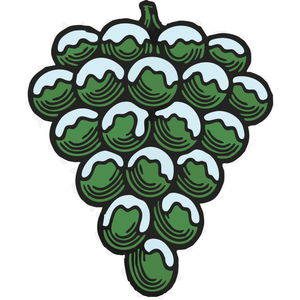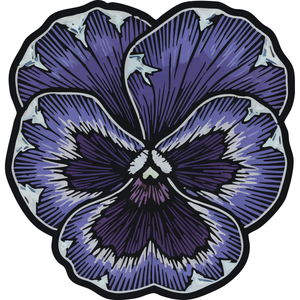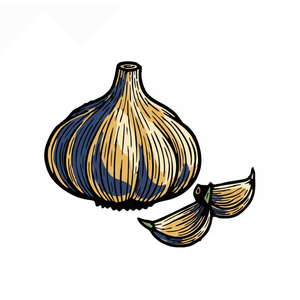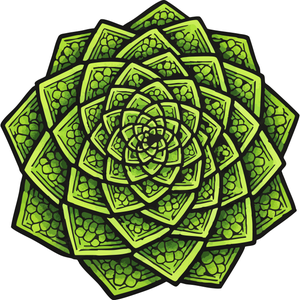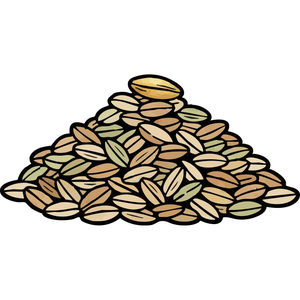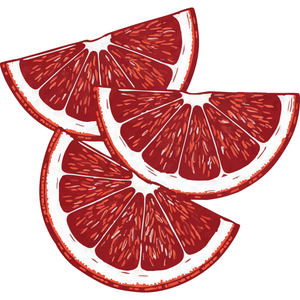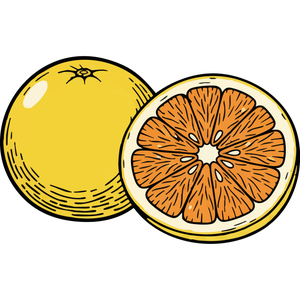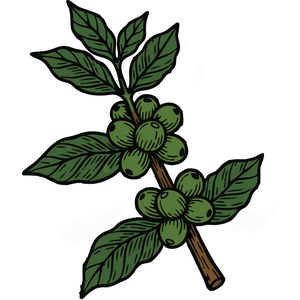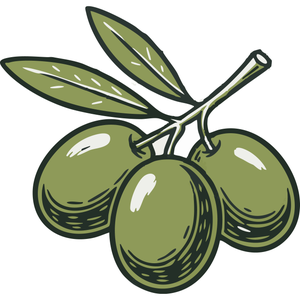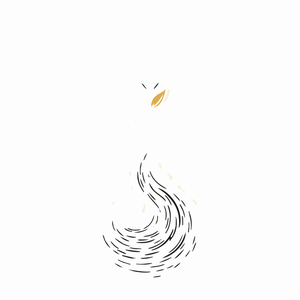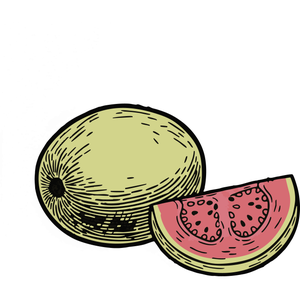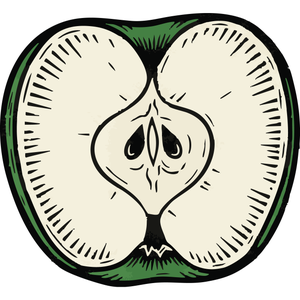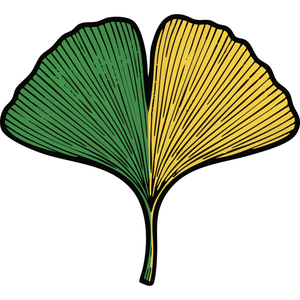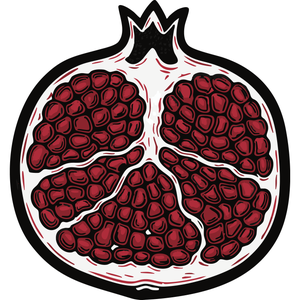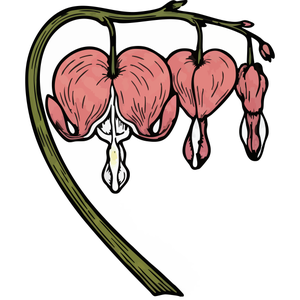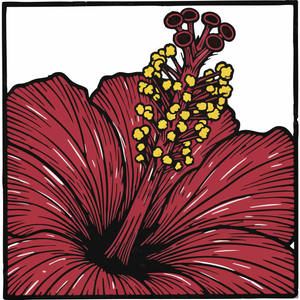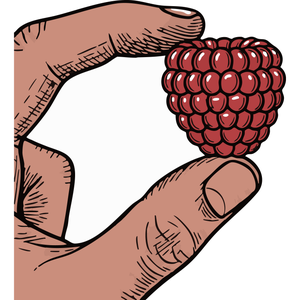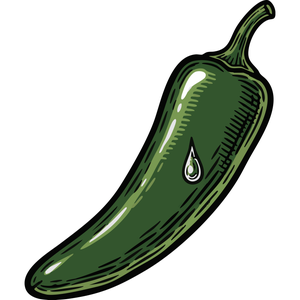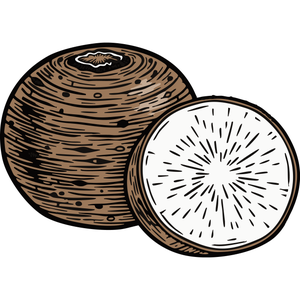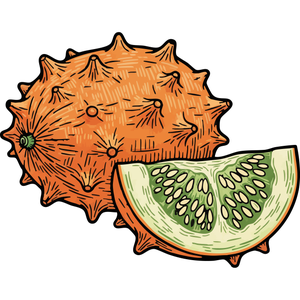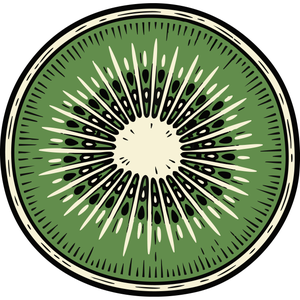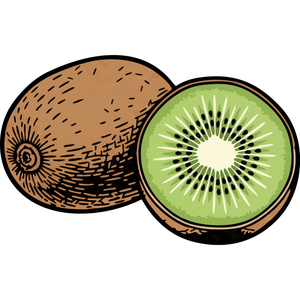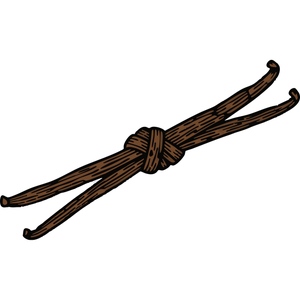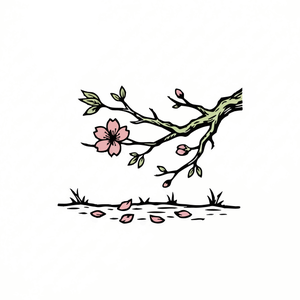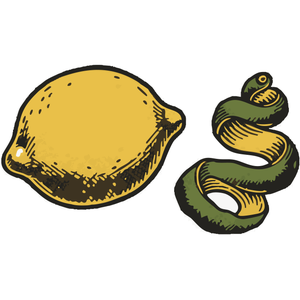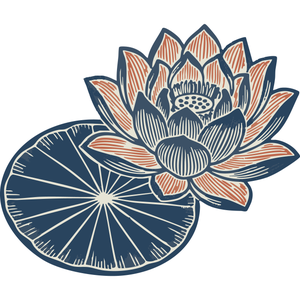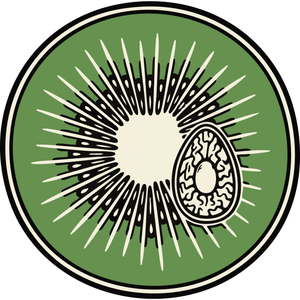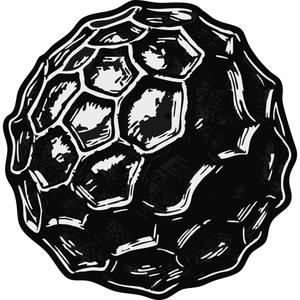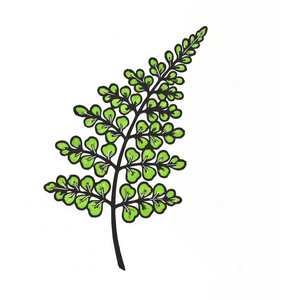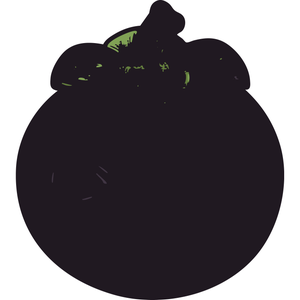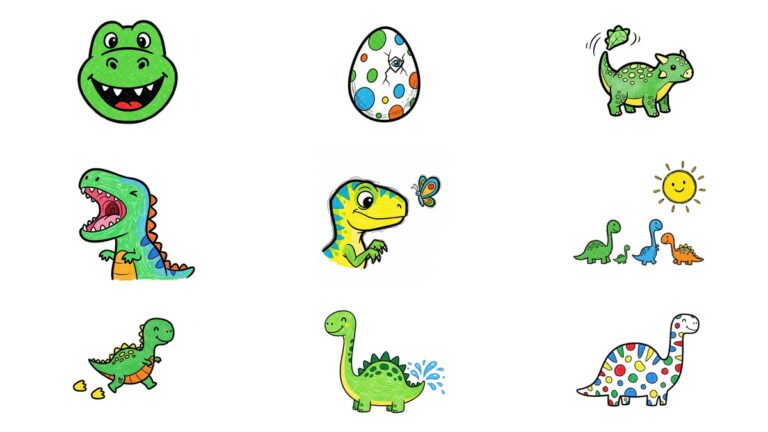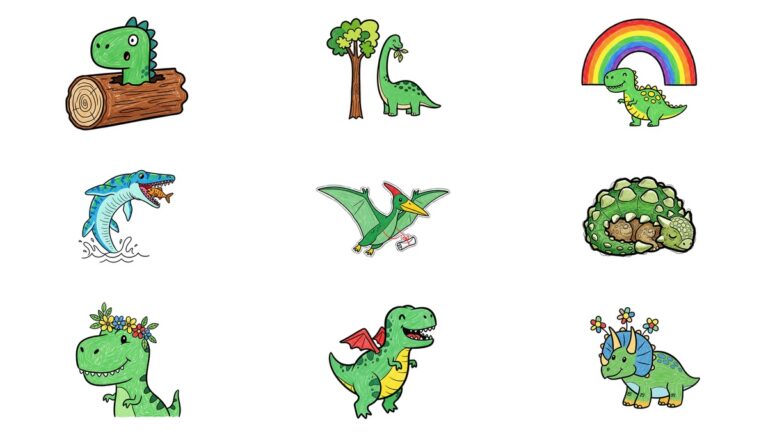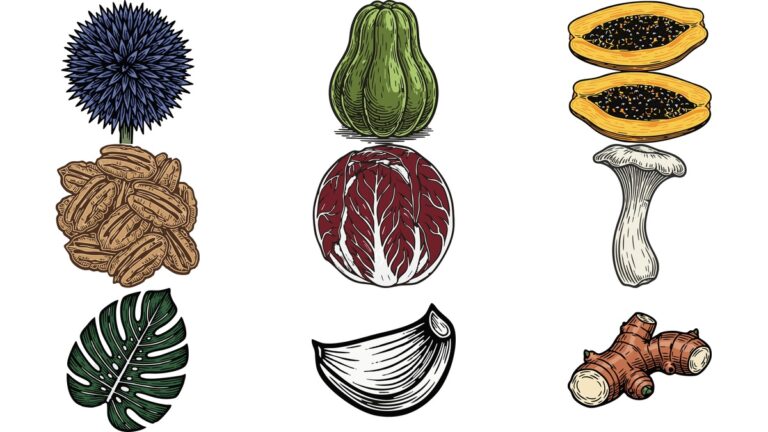Part 3: Linocuts of the Masters – Picasso, Matisse, and Their Successors
3.1. Pablo Picasso: A Revolution of Color from a Single Block
Pablo Picasso, the titan of 20th-century art, brought innovation to every medium he touched—painting, sculpture, ceramics—and linocut was no exception. In the 1950s, while collaborating with printmaker Hidalgo Arnéra in Vallauris, Southern France, Picasso began to immerse himself in linocut, but soon encountered the medium’s limitations. He wanted to create multi-color prints, but the traditional method of using multiple blocks was exceedingly difficult due to the ‘registration’ process of aligning each block perfectly. His early multi-color linocut, a reinterpretation of a work by Lucas Cranach, is a prime example of the struggle to align multiple blocks with precision.
To overcome this technical hurdle, around 1959, Picasso perfected an innovative technique that would be remembered in printmaking history: the ‘reduction method,’ or ‘single-block multi-color technique.’ This method uses only one linoleum block instead of several. First, the entire block is printed in the first color, except for the areas that will remain the white of the paper. Then, on the same block, the areas intended to remain the first color are carved away. A second color is then printed over the existing prints. This process is repeated for the desired number of colors. Because the block is progressively carved away, it’s impossible to go back to a previous stage, earning it the nickname ‘suicide print.’
The invention of this technique was revolutionary. Not only did it guarantee perfect registration, but the rich, painterly texture created by the overlapping colors enabled a new level of expression previously unseen in linocut. Through this technique, Picasso explored various themes such as bullfighting, still lifes, and portraits of his lover Jacqueline Roque, elevating linocut from a simple graphic medium to an art form with expressive power comparable to painting.
3.2. Henri Matisse: Capturing the Essence of the Line
If Picasso explored the technical and painterly complexity of linocut, his rival and friend Henri Matisse used the medium to explore his artistic conviction: the ‘essence of the line.’ As the leader of Fauvism, who valued expressive outlines as much as intense color, Matisse found linocut to be the perfect tool for reducing form to its most essential elements.
In Matisse’s linocut works, especially those of female nudes, he captures the form, dynamism, and elegance of the subject with a minimum of lines. Decorative details and shading are boldly omitted, leaving only powerful, fluid white lines dancing on a black background. This aligns with the very nature of linocut, which creates an image through the act of carving, or ‘removal.’ Through this act of removal, he stripped away the unnecessary, leaving only the purest essence of the subject.
As seen in works like Teeny (1938), a portrait of Alexina ‘Teeny’ Duchamp, his linocuts display both a boldness in their simplicity and a delicate sensibility. Thus, Matisse demonstrated through linocut that he was not only a magician of color but also a great draftsman who understood the essence of the line. If Picasso ‘expanded’ the possibilities of linocut, Matisse ‘deepened’ its essence.
3.3. Contemporary Linocut Artists: Reinterpreting Tradition
The horizons of modern linocut opened by Picasso and Matisse are being expanded in even more diverse ways by numerous artists around the world today. Contemporary linocut artists inherit the legacy of the past while exploring new possibilities of the medium through their own unique visual languages.
- Narrative and Folklore: Scottish artist Kat Flint creates whimsical and narrative works inspired by her country’s folktales and ancient artifacts.
- Nature and Landscape: British artist Michelle Hughes captures lyrical English countryside scenes, while American Brie Thompson depicts the majestic nature of the Pacific Northwest in her prints. Laura Boswell showcases the sensitivity of printmaking through technically complex and visually delicate landscapes.
- Pop Culture and Modern Themes: Brian Reedy undertakes the unique work of reinterpreting pop culture icons from movies and animation in the style of traditional Japanese woodblock prints.
- Social Commentary: Mexican artist Sergio Sánchez Santamaría combines traditional national iconography with critiques of modern society and political messages.
- Intricate Detail and Pattern: Canadian artist Mary Anne Molcan continues to challenge herself by expressing the energy of life and the rhythm of order through complex and intricate lines.
As such, contemporary linocut does not adhere to a single style but is infinitely varied according to the interests and themes of the artist. This proves that linocut is not just a legacy of the past but a living art medium that captures the stories of our time.
[ 여기에 광고 코드가 삽입됩니다 ]
[ 여기에 광고 코드가 삽입됩니다 ]

